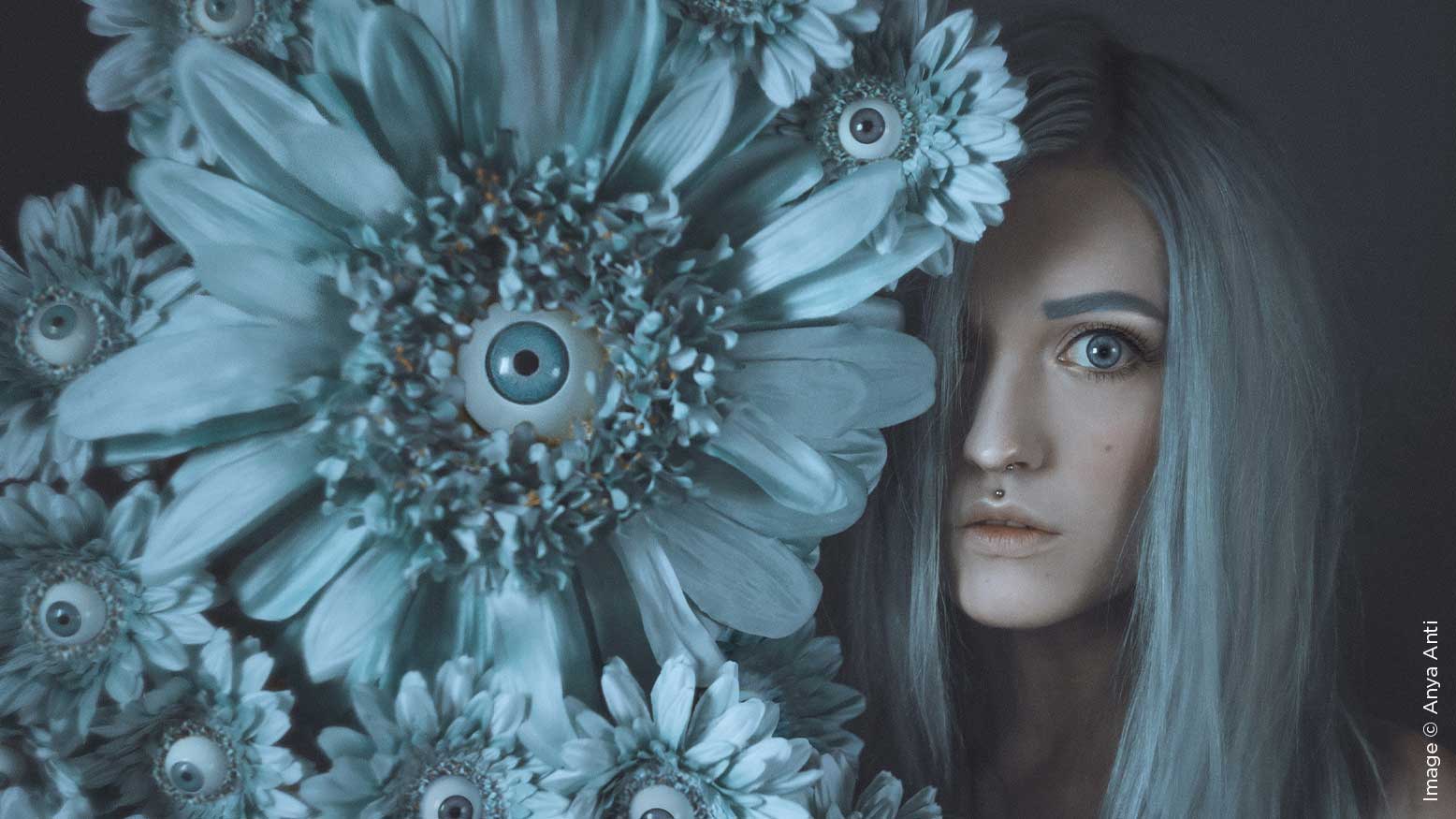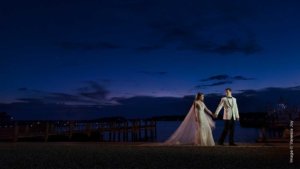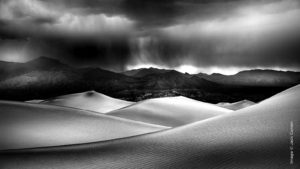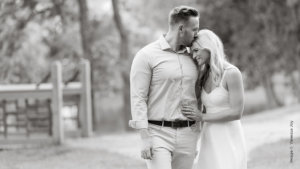10 Steps for Organizing and Conducting a Conceptual Photoshoot with Anya Anti
1. GET INSPIRED AND COME UP WITH AN IDEA
Inspiration doesn’t just arrive on its own. It must be triggered, and there are a lot of different things that can help with that. Working on visual taste and general understanding of art is also important. Try to spend some time looking through the art of any medium, and analyze on a daily basis why it is good and what people like about it. The internal storage and accumulation of experiences, impressions, reflections and observations can help you get inspired, even when you feel unmotivated and are trying to force yourself. It is OK to get inspired by someone else’s art. Just make sure you don’t copy it, but rather use it to kickstart and create your own interpretation. Start building your concept and story around one image component. It can be an object or prop, model, location, costume, theme, emotion, light, composition, etc. Make it a starting point, and go from there.
2. VISUALIZE: SKETCHES AND MOOD BOARDS
Start visualizing your idea to get a better understanding of how it should look and what you specifically need to do to bring it to life. A sketch is an excellent way to start. You don’t need to be a painter to put your concept on paper or the digital screen. It can just be doodles with simple forms, notes and explanations. Mood boards are another great way to find image references, to convey mood and work on your color scheme. This is also very helpful when you work with other people and you need to make sure they understand your vision and that you’re on the same page. Share your thoughts and ideas with your team.
3. RESEARCH: LOCATION, MODEL, PROPS, ETC.
It is always a good idea to do research before the photoshoot. Find the right model, and make sure they are available and interested in your project. Scout for a location and find out if you need to get a permit or any other arrangements—or if it’s a studio, make sure to book the time. Go there before the shoot at the exact time you plan on shooting, check out the set, and figure out what needs to be added. Scope out the natural lighting or studio equipment as well. Think about everything you might need during the photoshoot, make a list, and then make sure you have it or get it. Buy, rent, or make props, costumes, and outfits, or find other creatives to collaborate with.
4. THINK ABOUT YOUR LIGHTING OPTIONS
Always think about your lighting options. If you’re shooting at the studio, make sure they have all the equipment you need available for rent, or bring your own. If you’re shooting on location, check out the natural light before the shoot—its quality, position and intensity. It’s a good idea to always bring a collapsible reflector with you. Think about if you need any additional lighting equipment. Also, when shooting on location, decide on what time of the day to shoot, and prepare your lighting gear accordingly. Try to avoid bright, sunny weather, when the sun is highest in the sky creating harsh shadows. Shooting around sunsets or sunrises, or on a cloudy day with very soft, diffused light, will make your images look better.
5. REACH OUT TO PEOPLE TO COLLABORATE
Collaborations are always fun, and they can be very beneficial. Find like-minded people, and don’t hesitate to reach out to them with collaboration proposals. You might need a makeup artist, a hair or wardrobe stylist, or any other creative to work on your project. They can help you with things that you can’t produce yourself, and bring new ideas to the table. It’s always rewarding to work with a team. Also, if you don’t have enough budget, you can find people willing to work with you on other terms. Don’t give up if some of them aren’t interested, if they reject your proposal or simply don’t reply to you. Keep trying, and you will find the right people to team up with. There’s always someone happy to create and gain new experience.
6. PREPARE YOUR SHOOTING SET
Get everything ready. Book the studio, get a permit for any public spaces, get your team together, set the time and date, and gather all the equipment and props. Go to the shooting location ahead of time, and start working and arranging your set. It’s your project, and the successful outcome depends on proper preparation and your level of responsibility and dedication. Take good care of your models. Even if you shoot in extreme conditions like cold, rain, water, etc., or in an unusual location, make sure that they’re safe, warm and fed.
7. PLAN YOUR COMPOSITING AHEAD OF TIME
It is crucial to think ahead about what kind of editing you are going to do later on the computer and if there’s going to be any compositing involved. Plan your compositing in advance—think about what additional elements you need, shoot source images right on set, and bring any props necessary. Want to incorporate flying objects in your photograph? Make sure you have them on set, and take those extra shots. Take additional images of things like sky and snow, and create your own stock photography! Composites are always easier to make look more realistic when the majority of the work is done on set. It is much easier to bring things together in your final artwork when they match in terms of color, light and perspective.
8. BE PREPARED FOR THE UNEXPECTED
No matter how properly you prepare for your photoshoot, you can’t control everything, and things can always go wrong. That’s OK. You just need to be prepared for unexpected circumstances, have extra things on hand just in case, and stay calm. Bring spare batteries and memory cards, take another lens or extra prop item even if you don’t plan to use it, and maybe even bring accessories, like some clothes or makeup tools. Think about what’s essential and what you can’t conduct your photoshoot without, and bring it just in case someone from your team forgets. Better safe than sorry! Even if everything goes completely wrong, don’t panic—just think about rescheduling your photoshoot for a better time if possible.
9. DON’T BE AFRAID TO IMPROVISE
Sometimes, what you have planned doesn’t work out. The circumstances might change, or one of your ideas simply doesn’t work the way you imagined it. Don’t be afraid to improvise, think outside of the box, and take a different course. That’s why it is also good to have extra things on your hands. Try using a different prop, or experiment more with light and poses. If you have time, get even more inspired and shoot something you didn’t plan to.
10. ENHANCE YOUR PHOTOGRAPHS WITH POST-PROCESSING
Now, when the photoshoot is over, you’re ready to spend some time on your computer and process your photographs. Photography is an art form. Whether you’re just tweaking the color temperature and contrast, or going full editing, heavy with retouching and compositing, I believe that post-production is essential to finalizing your work and bringing it to the next level. Your editing software is another powerful tool for creating artwork. It gives you the potential to convey your idea and match everything that was captured to your vision. Even good photographs could be better. Post-processing gives a great opportunity to adjust them and fix small issues you overlooked on location, to make sure your work looks good and in line with how you planned it. Your vision may not be true to life, but using Photoshop, you can create something that is impossible to capture, something that bends the reality to suit your imagination, to dramatic effect. After all, you are the artist, and you determine what tools to use and how to bring your artistic vision to life.








